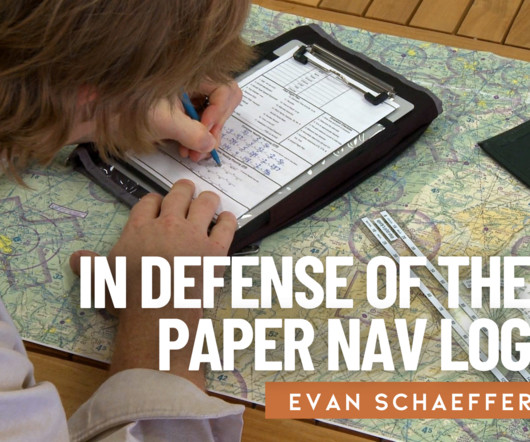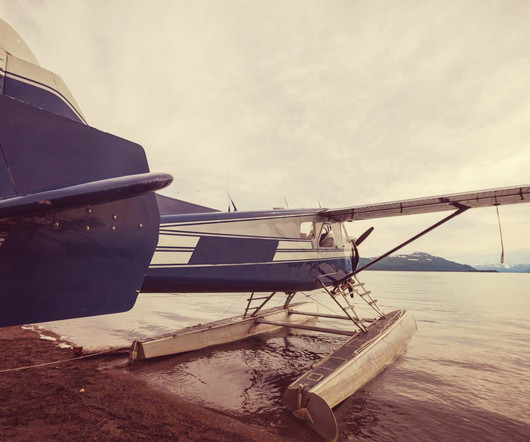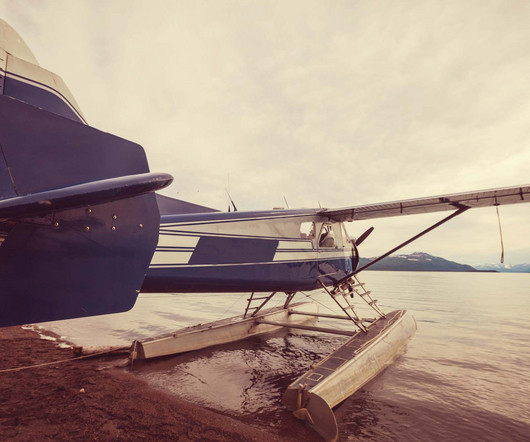Air pressure and density
Professional Pilot
JULY 7, 2025
By Karsten Shein Comm-Inst Climate Scientist QNE, QNH, and QFE describe different altitudes for different phases of flight, but also serve as pressure altitude (QNE) or density altitude (QNH). A discussion of air density is one that may cause some to tune out, thinking it dull.



















Let's personalize your content